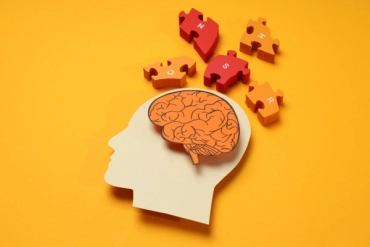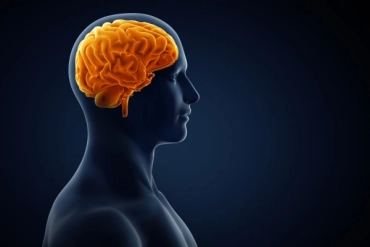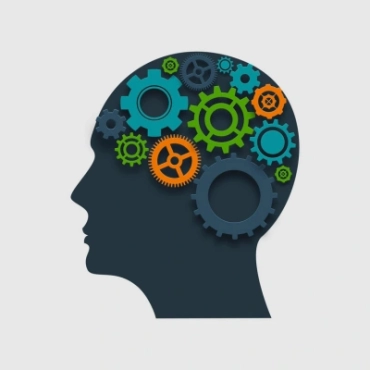Did you know dyslexia is more common than you’d think? According to Nanyang Technological University, This learning disability affects up to 10% of Singapore’s whole population – think about it, that’s a pretty huge proportion of our little red dot!

So it really only makes sense that we should learn as much about this learning disorder as we can. As part of Developmental Disabilities Month (check out our article about it!), we at ONE are happy to give you a brief overview of dyslexia.
We’ll cover some pretty important info, like:
Excited? Us too. Let’s dive straight into it!
Simply put, it’s a learning disorder that makes it harder for affected individuals to read. This is because it affects the parts of the brain that controls language and cognitive learning.
Dyslexia in Chinese is translated as 阅读障碍 – literally, ‘reading obstacle.’ That’s a pretty accurate way of putting it!

People with dyslexia can have trouble recognizing and reading words.
Furthermore, their verbal memory is also poorer than someone without dyslexia, meaning that they can have a hard time remembering how a word is supposed to sound like. Also, it may take longer for them to process the meaning of a word.
To sum up, dyslexia is a developmental disability in terms of language. It makes reading, writing and verbalizing words harder for the affected individual.




According to Cleveland Clinic, the exact cause of dyslexia isn’t so clear yet. More often than not, it’s the result of many factors. Some may include:
Dyslexia is hereditary – meaning that if a parent has it, their child is likely to inherit it as well.
People with dyslexia are neurodivergent. This means that their brains work information a little differently. For people with dyslexia, their left-brains are structured such that language processing is a bit harder.
Sometimes, dyslexia can develop after traumatic brain injuries. This isn’t very common, though – for most people, it’s a lifelong condition that they have since birth.

While there are many different symptoms of dyslexia, a quick (but by no means exhaustive!) summary could be:
For a more comprehensive list, check out this informative article by Yale Dyslexia!

Okay, so we’ve got a basic understanding of dyslexia down pat. And we know about its causes and some symptoms. All good to go?
Not just yet.
There are common myths and misunderstandings about dyslexia that most people still believe. To clear things up, let’s address these too:

Actually, plenty of children write their letters backwards when they’re first starting to learn a language. It’s very natural and not at all a symptom of dyslexia. Most will outgrow it in a few years.

That’s patently untrue. It’s a learning disorder that makes reading and language-related tasks harder, not impossible.
Plenty of people with dyslexia go on to excel. The celebrated journalist Anderson Cooper had it, yet he went on to win the Emmy’s Award 18 times!
Don’t believe us? Check out this article about 12 people with dyslexia who went on to do amazing things.

Dyslexia is a lifelong condition. It can’t be ‘cured’ with pills or special glasses, because it affects the way the very brain processes information.
However, a person with dyslexia is by no means doomed to a lifelong struggle with language! According to Northwestern Medicine, they can get better simply with a lot of patience and practice.
Even if a person remains a slower or less accurate reader, there are still many accessibility tools to help them out. For example, audiobooks or text-to-speech functions can serve as great aids.

At ONE, we use the Orton-Gillingham Approach.
Sounds fancy, right? Well, it’s actually quite simple: The Orton-Gillingham Approach uses different learning methods apart from the traditional reading-and-writing approach.
This includes:
The overall result of the Orton-Gillingham Approach is quite remarkable. Our students’ literary skills are improved, because the information is presented in a way that’s easier for them to understand.
This boosts their self-esteem, making our students more confident in their lessons. In turn, they are more likely to become inspired and motivated in their learning.

The Orton-Gillingham Approach isn’t the only learning strategy, though.
Cambridge came up with a comprehensive list of 10 ways to support students with dyslexia. This includes:
All of the above are great ways for both parents and teachers to help their children.
The goal is to make language processing easier for their little ones. So, as long as lessons are taught slowly and patiently, you’re good to go!

Right here, actually! ONE Intervention has a great many resources. Check out our articles below for more information:
🔗 Dyslexia And Comorbidities: Understanding The Whole Child, for a guide to different types of learning disabilities,
🔗 Dyslexia Doesn’t Define You: Unlocking a World of Possibilities, for more strategies on how to help,
🔗 When Letters Dance: Understanding The Frustrations of Dyslexia, for the behavioural perspective of a child with dyslexia
And if you still want more, we’ve got you!

Dyslexia is a learning disorder in language that can be treated with consistent, loving care and support. And we at ONE Intervention are more than happy to offer that to you.

Give us a shout here if you’re interested in contacting the services of our experienced teachers! Or, check out our latest article on what our students have been up to: Goldfish adventures, and other fishy things!